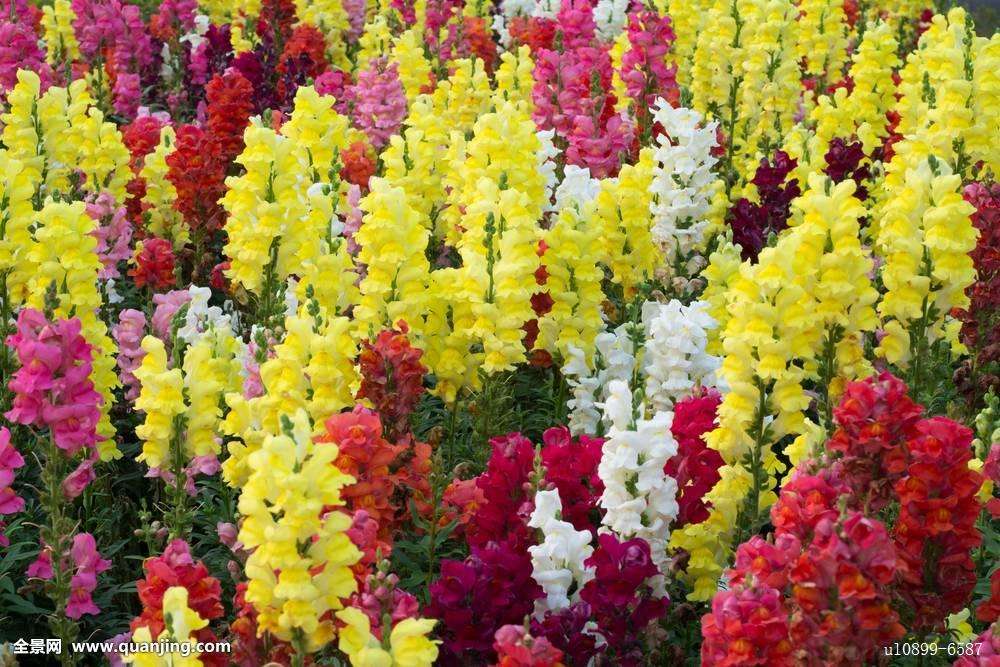Donkey disease characteristics
Donkeys and horses belong to different animals. Therefore, the biological characteristics and physiological structure of the donkey are basically similar to those of the horse. However, there are big differences between them, so there are differences in the performance of the disease.
The types of diseases the donkey suffers are similar to those of horses, whether they are internal medicine, surgery, obstetrics, infectious diseases, or parasitic diseases, such as common gastric distention, constipation, sore throat, and glandular epidemics. Due to the biological characteristics of the donkey, it differs from horses in terms of disease-resistance, clinical manifestations, and response to drugs. Therefore, donkey disease is unique in its causes, conditions, pathological changes, and symptoms. Features. For example, the clinical manifestations of bruising, horses performed very clearly, especially light horses; while the donkey showed more ease, or even no external symptoms. Donkey sensitive to the nose, easy to cause sepsis or sepsis after infection, but has strong resistance to infectious anemia.
Under the same conditions, donkeys do not suffer from sunstroke and heat shots, while horses do not. Of course, donkeys also have some unique and specific diseases, such as mold corn poisoning, female donkeys with prenatal omnivorous disease and so on. Therefore, in the diagnosis and treatment of donkey disease, we must pay attention to it, and we should not apply the treatment experience of hard horses but should treat the characteristics of donkeys.
Distinguish between healthy donkey and abnormal donkey
The health donkey is always erected on both ears, regardless of whether it is usually in the pasture or grazing. It is easy to move, with high head and neck, and full of energy. In particular, when the male donkey meets or finds that there is a similarity in the distance, he gazes at him, yells, jumps and tries to approach. When a healthy donkey eats grass, it is chewing powerfully, and "Princess" sounds. If someone walks by the side of the trough, howling. The healthy donkey's mouth color is fresh and the nose and ears are gentle. The dung ball is of moderate hardness and is moist and shiny on the outside. It is yellowish when fresh and turns brown for a longer time. Swiping the nose, sometimes snoring. As the saying goes, "The donkey squeaks the yak's infusion, and there is not much of a minor illness."
Donkey donkeys have strong tolerance to common diseases, and even if they have the disease, they can eat grass and drink some water. If we do not pay attention to observation, we must wait until it is not eaten or eaten, or when our food is no longer in use. Judging whether the donkey is normal or not, we can observe and compare the mental state of eating grass and drinking water and the temperature change of the nose ear. Donkeys bowed their heads and their heads slumped. Their ears and ears were cold or overheated. Although they ate grass, they did not drink water, indicating that the donkey had been ill and should be promptly treated.
The amount of drinking water is important for judging whether a donkey is sick or not. Donkeys eat less grass and drink plenty of water. It is known that donkeys are disease-free; if the feed intake of grasses does not decrease, and if drinking water is reduced or not drink for several consecutive days, it can predict that the donkey will develop disease. If the dung ball is hard and the outside is stained with a small amount of mucus, drinking water is reduced and gastroenteritis may occur several days later. When there is heterophilia in feeding, sometimes bite the stakes or troughs, drink less water and the spirit does not decrease, acute gastritis may occur.
Although the donkey does not eat overnight, it will stand in the groove, but as long as the nose and ears are mild and the body temperature is normal, it can be seen as disease-free. The food can be eaten at dawn or on the following day. Donkey disease is often associated with weather, seasons, forage replacement, grass quality, feeding methods and other factors. Therefore, we must carefully observe the different requirements of feeding and management in accordance with the general principles of feeding and management and different physiological conditions in order to be able to achieve "no disease prevention, disease early treatment, and a good idea."
In addition, when a donkey is lying down and lying on the ground, or if it is not lying on the ground, but the spirit is still, the attachment of the breeder does not leave. These are all serious illnesses and should attract special attention.
Common Snapdragon
Seeds during the spring and autumn in the south, the north spring sowing.Seeds small, seedbed to soak first, after waiting for the water area, don't overburden soil, seedbed stays wet.Not resistant to heat, cold, half shadow.Xi loose, fertile and well drained soil, pH 5.5 ~ 7.0, seeding and flowering 11 weeks.Long sunshine promote flower bud differentiation, temperature on plant height, number of flowers and flower have obvious influence.This kind of flower is compact, design and color is gorgeous, for the fine flower bed and flower border material, can be potted ornamental.

Common Snapdragon Seeds,Snapdragon Seeds,Snapdragons Flower Seeds,Summer Snapdragons Seeds
Ningxia Bornstein Import & Export Co., Ltd , https://www.bornstein-agriculture.com